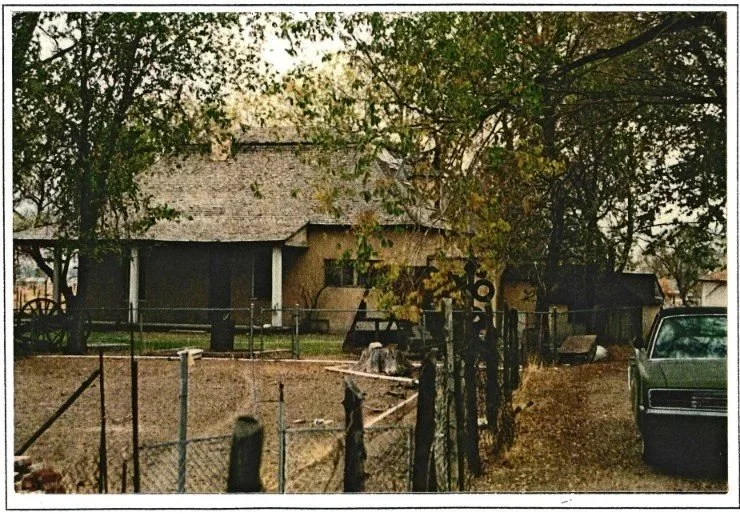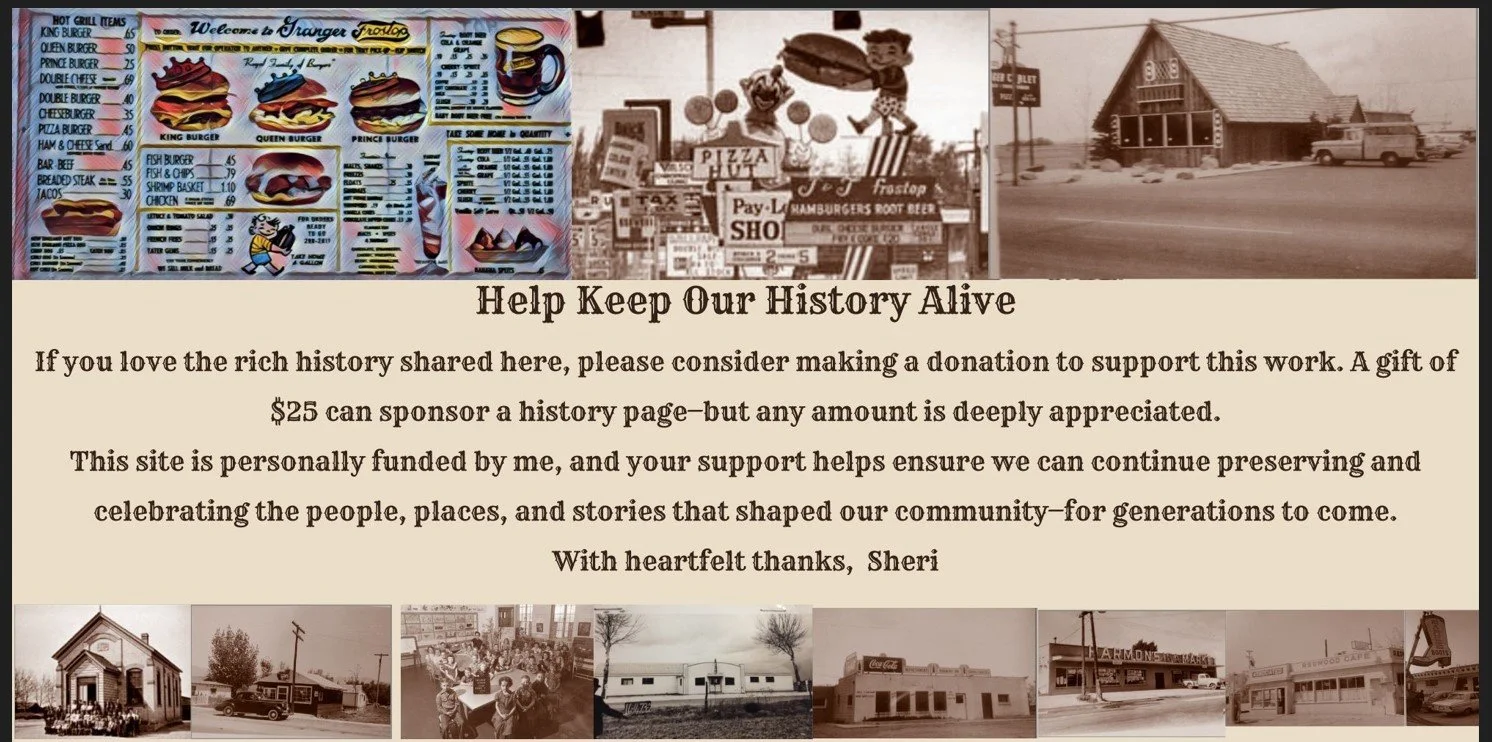2700 south 5600 west - gone but not forgotten
Remembering the William R. Williams Home
Where a handful of modern businesses, restaurants, and stores now stand once sat a sturdy early 20th-century farmhouse—likely the home of William R. Williams—that anchored life in this corner of the valley for decades. Built before World War I, the property was notable for its practical yet distinctive concrete cellar, constructed in 1914, which served as a vital space for storing food and supplies through long Utah winters. Measuring about 9-by-15 feet, the semi-subterranean cellar was connected to the house by a flat-roof breezeway, its east and west doorways offering access from either side.
The cellar itself was a solid, stucco-faced concrete structure with thick walls, a low hipped roof, and a few small, fixed-sash windows for ventilation. Its gabled entryway, once shingled in asphalt, stood as a modest but important feature of rural farmsteads of the era—keeping the harvest safe and cool year-round.
For decades, this home and cellar were part of a working farm, a reminder of the agricultural roots of this community. By the early 21st century, both the house and its outbuildings were gone, replaced by commercial development. Yet for those who remember, the Williams home remains part of the quiet history that shaped this land—a symbol of the self-reliance and craftsmanship of the families who first settled here.


